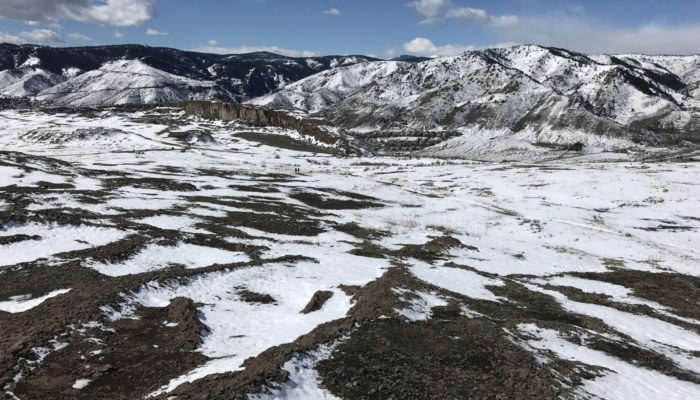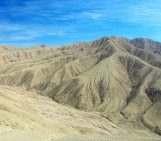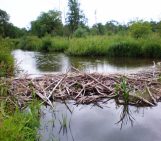
Last weekend, with a strict, stay-at-home coronavirus order looming on the horizon, I decided to practice social distancing by escaping on one last hike. Since I’m currently in Colorado, I chose to climb North Table Mountain, the remnant of an ancient basalt lava flow located on the outskirts of Denver.
Locally this mesa, along with its twin located a short distance to the south, are popular hiking, biking and rock-climbing areas boasting great views from their wide, flat tops. Their distinctive, table-shaped topography is due to a geologic twist of fate: roughly 64 million years ago, this spot was a river valley, a low point in the landscape until the eruption of a nearby volcano sent lava flowing down it.
After the flow cooled into dark basalt, this hard rock formed a resistant cap that armoured the sediments beneath it. During the millions of years that followed, erosion slowly lowered the softer rocks surrounding the flow, gradually converting what had once been a valley into today’s distinctive mesa.
This process, called topographic inversion, is actually quite common all around the world. In Europe, one ‘textbook’ example is the Montagne de la Serre in central France’s Chaîne des Puys-Limage fault tectonic area, a recent addition to the UNESCO World Heritage Site List. Although it’s much younger – just 3 million years old – this 10-km-long ridge of basalt formed in much the same way as North Table Mountain. In the Chaîne des Puys, the magma rose along deep cracks created during the continental rifting that occurred in the region following the formation of the Alps.
From Colorado to central France and many other locations, the process of topographic inversion vividly illustrates how high points can become lows, and low points can eventually turn into highs. During these troubled times, the natural world offers us a tangible reminder that good things can eventually arise from a world that’s been turned upside down.






Pritimayee Barik
I am a geology researcher and I found it is very much interesting. Thanks for such a good blog.